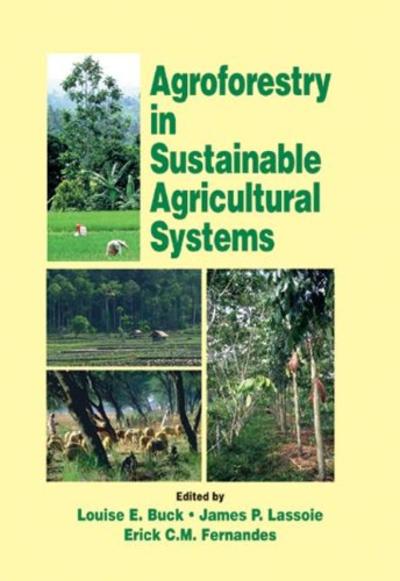Agroforestry for Food Security: A Sustainable Solution for Rural Living
In a world where food security is becoming an increasingly pressing issue, agroforestry has emerged as a sustainable and efficient solution. This innovative approach combines agriculture and forestry practices to create diverse and productive landscapes that not only provide food but also contribute to environmental conservation. Agroforestry systems have been proven to enhance soil fertility, increase crop productivity, improve water management, promote biodiversity, and mitigate climate change impacts. With its numerous benefits, agroforestry offers an excellent opportunity for rural living and homesteading communities.
At its core, agroforestry involves integrating trees into agricultural systems. By strategically planting trees alongside crops or livestock production areas, farmers can maximize the use of available land while minimizing negative environmental impacts. There are several different types of agroforestry systems that can be implemented depending on the specific needs and conditions of each location.
One common form of agroforestry is alley cropping or alley farming. In this system, rows of trees are planted between crop rows or along field boundaries. The trees provide shade and windbreak protection to the crops while their roots help prevent soil erosion. Additionally, as the trees shed leaves and organic matter decomposes on the ground, they contribute nutrients back into the soil.
Another popular method is called silvopasture which combines grazing animals with tree cultivation. Livestock such as cattle or sheep are allowed to graze in pastures dotted with carefully selected trees that offer shade for the animals during hot summers or protection from harsh weather conditions. This not only improves animal welfare but also enhances pasture productivity by reducing heat stress on grasses.
Agroforestry also includes forest farming techniques where high-value specialty crops like fruits, nuts, medicinal plants, or mushrooms are grown under a forest canopy created by larger trees acting as a protective cover overhead. This technique allows farmers to make efficient use of the available land, utilizing both vertical and horizontal space for maximum production. Forest farming systems often mimic natural forests, promoting biodiversity and providing habitats for wildlife.
One of the key advantages of agroforestry is its ability to enhance soil fertility over time. Trees have deep root systems that can access nutrients from lower soil layers and bring them up to the surface through leaf litter or nitrogen-fixing bacteria. This nutrient cycling helps replenish the soil, reducing the need for synthetic fertilizers and minimizing nutrient runoff into water bodies.
Agroforestry practices also contribute to improved water management on homesteads. The presence of trees helps regulate water cycles by reducing evaporation and increasing water infiltration rates in soils. This can be particularly beneficial in regions prone to drought or with limited access to irrigation resources.
Furthermore, agroforestry systems provide a multitude of environmental benefits. By planting trees, farmers contribute to carbon sequestration as trees absorb CO2 from the atmosphere during photosynthesis. Agroforestry can also act as a buffer against extreme weather events such as heavy rains or storms, protecting crops and livestock from damage.
In terms of economic viability, agroforestry offers multiple income streams for rural living communities. While waiting for tree crops like fruits or nuts to mature, farmers can generate income by selling other agricultural products such as vegetables or grains grown alongside those trees. Additionally, timber harvested from well-managed agroforestry systems can be sold as a valuable resource.
Implementing an agroforestry system requires careful planning and consideration of local conditions including climate, soil type, topography, available resources, and market demand for different products. Farmers interested in adopting agroforestry practices should seek guidance from experts who can provide technical assistance tailored to their specific needs.
In conclusion, agroforestry presents an innovative solution for achieving food security while promoting sustainable rural living and homesteading practices. By integrating trees into agricultural systems, farmers can create diverse and productive landscapes that enhance soil fertility, increase crop productivity, improve water management, promote biodiversity, and mitigate climate change impacts. Agroforestry not only provides food but also offers economic opportunities for rural communities. It is a win-win approach that deserves wider recognition and adoption to ensure a sustainable future for all.


Leave a comment